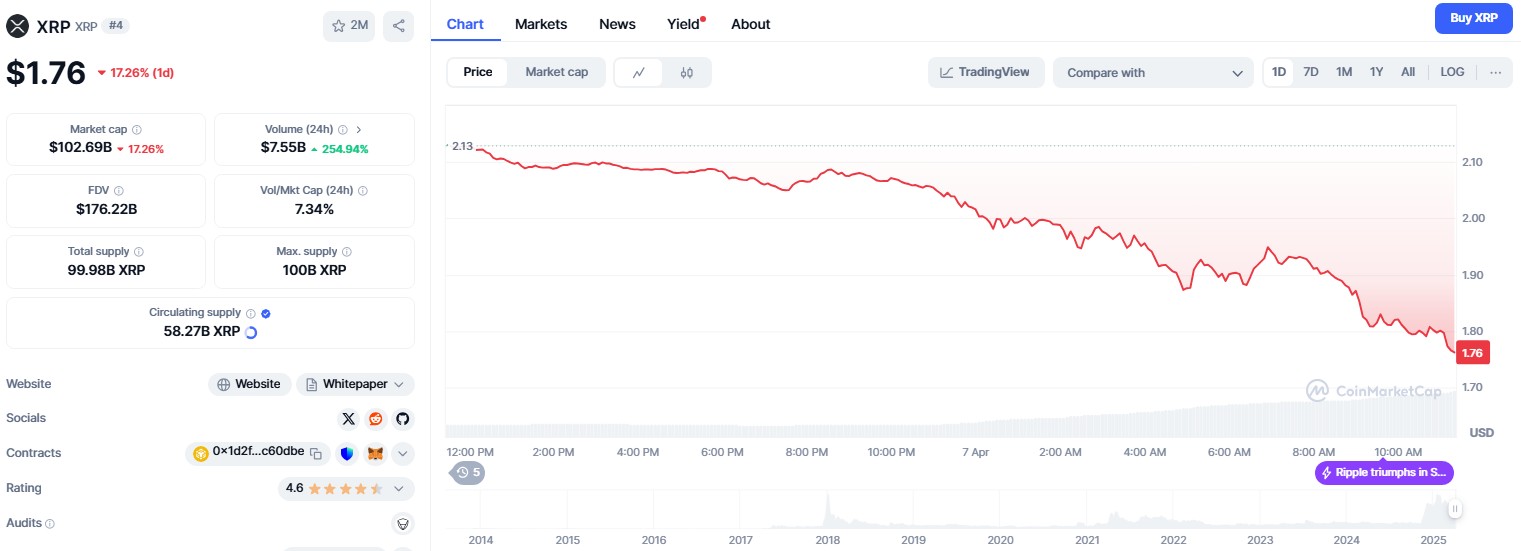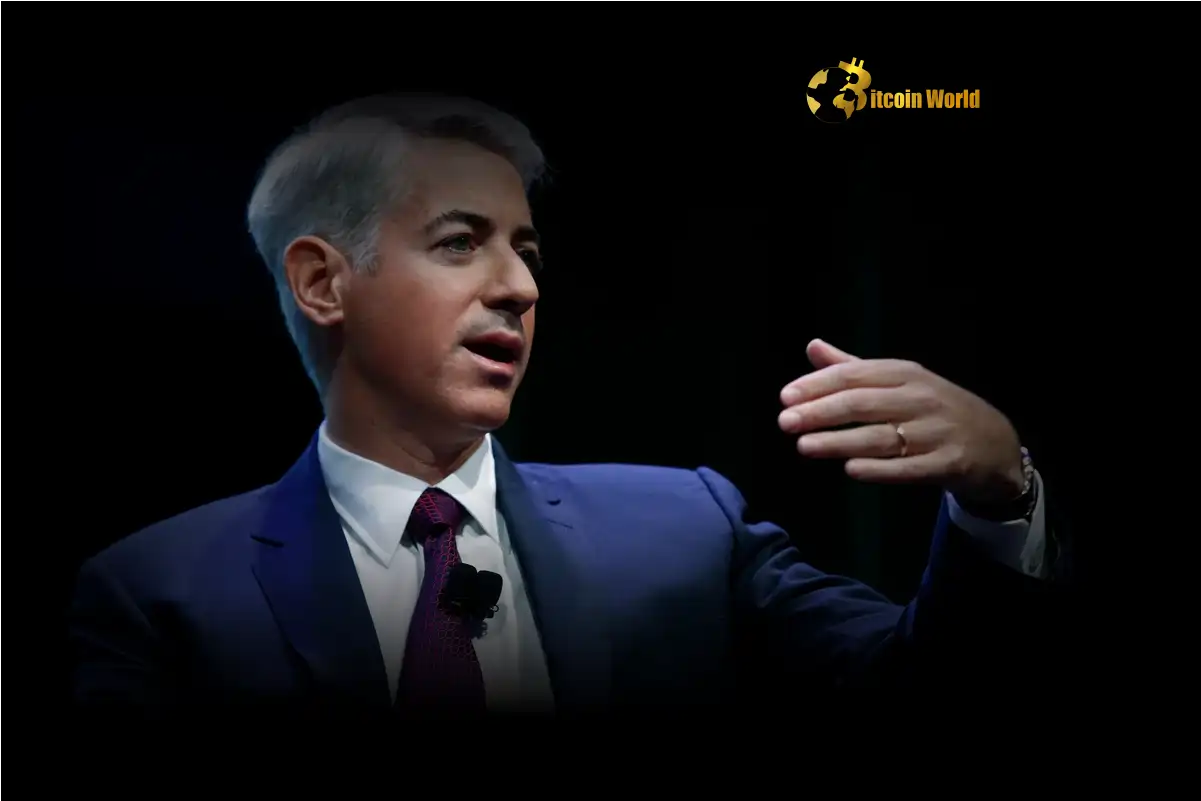 CaryptosHeadlines Media Has Launched Its Native Token CHT.
Airdrop Is Live For Everyone, Claim Instant 5000 CHT Tokens Worth Of $50 USDT.
Join the Airdrop at the official website,
CryptosHeadlinesToken.com
CaryptosHeadlines Media Has Launched Its Native Token CHT.
Airdrop Is Live For Everyone, Claim Instant 5000 CHT Tokens Worth Of $50 USDT.
Join the Airdrop at the official website,
CryptosHeadlinesToken.com
- Ethereum’s complexity is increasing, making upgrades more difficult.
- Internal disagreements are slowing EVM improvements.
Ethereum’s development path has become a topic of intense debate, with blockchain consultant Pascal Caversaccio highlighting concerns about the Ethereum Object Format (EOF).
In his view, the upgrade introduces unnecessary complexity and complicates maintaining and upgrading Ethereum further. Adding EOFCREATE5 and TXCREATE2 and removing and adding some opcodes further complicate the Ethereum Virtual Machine (EVM).
Ethereum is turning into a labyrinth of unnecessary complexity with EOF – Let’s reconsider EOF.https://t.co/bP93RRCoP9 pic.twitter.com/UaVkJlRTXP
— sudo rm -rf –no-preserve-root / (@pcaversaccio) March 13, 2025
Caversaccio pointed out that the proposed benefits of EOF, such as compiler simplification and more efficient bytecode, would be achievable through less complex modifications.
He explained that eliminating JUMPDEST or changing existing validation rules would be more sensible than rewriting the entire system. He also didn’t think that EOF’s claim of making Ethereum more zero-knowledge (ZK) friendly holds strong justification.
The technical sophistication of EOF is also increased due to the fact that it necessitates continuous maintenance of legacy EVMs, massive tooling upgrades, and significant developer coordination.
The prospect of new vulnerabilities is also of concern, especially since major issues have been uncovered towards the end of the process. This uncertainty is making it harder for developers to adapt and is making them wonder about the long-term viability of Ethereum’s upgrade path.
Internal Disagreements Blocking Progress
Ex-Ethereum developer Hari also had a critical opinion of Ethereum’s governance due to the lack of a clear vision. He revealed that work within the EVM is repeatedly stalled due to disagreement among stakeholders.
He said the only substantive EVM upgrade in the past half-decade was for transient storage and that it nearly didn’t pass.
This is why I left the Ethereum Foundation.
There is a lack of a clear and cohesive vision for Ethereum and EVM, making progress in EVM impossible.
I’ve seen EVM changes repeatedly shut down because they don’t check a certain box. The issue is that everyone has a different… https://t.co/TkAngYnycX
— Hari (@_hrkrshnn) March 14, 2025
Hari warned that Ethereum would become stagnant if decision-making becomes stuck. He suggested that the network needs to have a culture shift towards being comfortable with “disagree and commit.”
He asserted that without it, Ethereum would be left with ossification, where nothing new occurs, eventually leading it to decline.
Ethereum’s challenges are not just technical but also structural. While some believe complexity is inevitable due to real-world demands, others argue that excessive focus on research over practical development is slowing progress.
Hari called for Ethereum to move faster with at least one hard fork every quarter. He cautioned that if the strategy was not changed, Ethereum would continue to experience the same issues year after year.
The Future of Ethereum Hinges on Adaptability
Ethereum’s long-term success relies on it being able to overcome such challenges. With technological advancements come complexity, but critics also point out that unneeded complexity has the potential to slow growth and adoption. At the same time, not being willing to adapt at all would mean being stuck in the past.
Alex, another industry observer, pointed out that Ethereum’s problems are not solely technical but also cultural. He emphasized that adaptability and openness to change are crucial for Ethereum’s survival in the fast-paced world of Web3.
“Ethereum needs people who are willing to “disagree and commit.” Without this, the only feasible path is ossification—no more changes. And ossification leads to stagnation followed by death.”
everything starts with a culture and sentiment problem, IMO.
adaptability and…
— Alex D. (@alexdimes7) March 14, 2025
ETH developers and decision-makers need to resolve these issues to prevent losing their market share to other blockchain systems that are capable of delivering more developer-oriented and efficient environments.
With calls for the network to prioritize execution instead of never-ending research, the platform stands at a crossroads. Whether it achieves the right balance of innovation and simplicity will determine where it goes within the blockchain sector.













